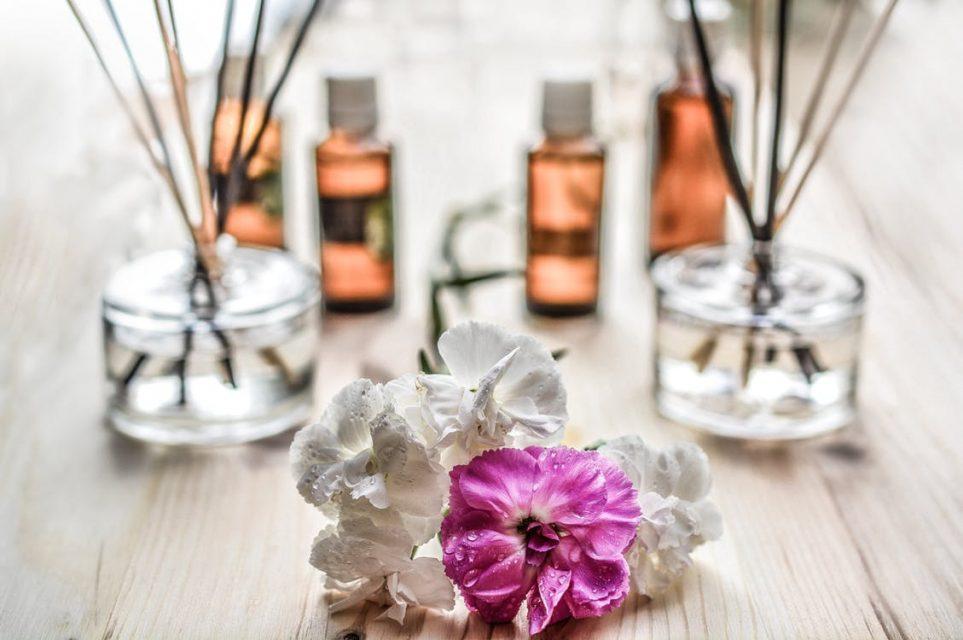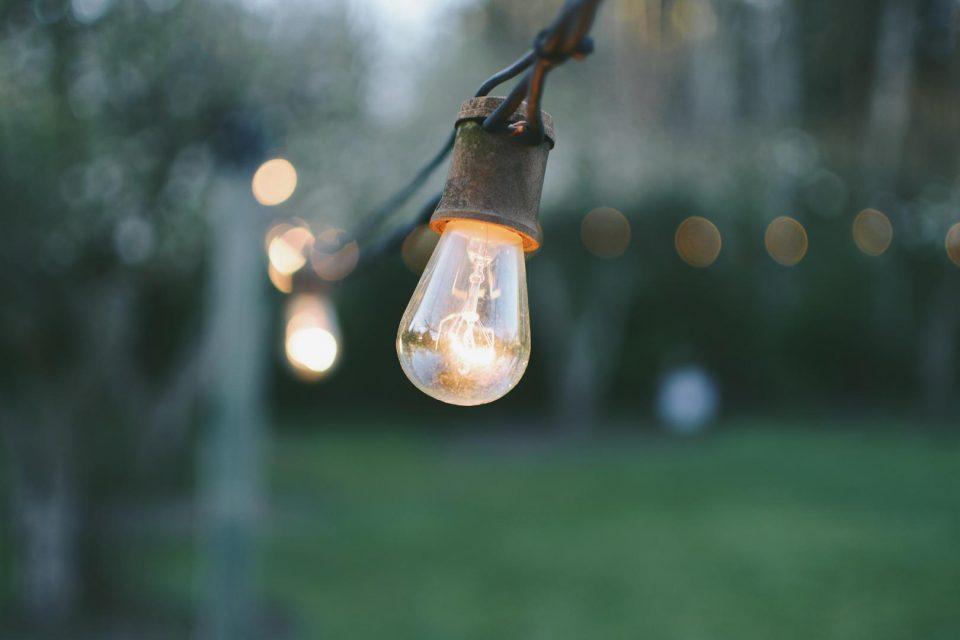6 Ways To Ease The Pain Of Ridiculously Short Winter Days

Unsplash/Drew Coffman
There’s just something about the sun setting before 5 p.m. that drains our bodies of all energy, motivation and general excitement for life. While we all have our own charming descriptions of this feeling after Daylight Saving Time, medical professionals refer to these reactions as seasonal affective disorder, or SAD. SAD impacts the lives of a solid 5 percent of adults in the United States, typically manifesting with depression-like symptoms. But luckily, there are several ways we can combat its effects that don’t require turning to prescription meds or expensive treatments.
1. Make sure you’re getting enough vitamin D.

Unsplash/Julia Caesar
A whopping 40 percent of people in the United States suffer from a vitamin D deficiency (regardless of a formal diagnosis by a physician). The sunshine vitamin performs a wide variety of functions in the human body, and when we lack it, we tend to feel fatigued and depressed. Since sourcing vitamin D from the sun becomes more difficult during shorter days, we have to prioritize it in our diets with foods like salmon, egg yolks, canned tuna and mushrooms. And if our diets lack enough of it, we need to be taking a quality, over-the-counter vitamin D supplement.
2. Prioritize going for at least one walk every day.

Unsplash/Hannah Donze
When our lack of sun exposure has us down, it’s important to take advantage of the daytime as much as possible. Taking a daily (and extended) walking break in the middle of the workday can do wonders for our general spirit and overall energy levels (not to mention productivity when we return to our desks). It’s also important to keep our general workout routines going strong — or even kick them up a notch — since exercise helps alleviate symptoms of depression in general.
3. Grab some energizing essential oils.

Pexels
Typically, we need some soothing aromatherapy to calm us down at the end of a hectic day, but this time of year calls for essential oils that bring a sense of alertness and energy when the weather refuses to step up. Both sweet orange and rosemary are popular choices for enlivening the morning, and peppermint and lemon can help keep us feel more focused at work. And you can easily make your own blends at home rather than purchasing pricey options at the store. It makes for a fun DIY project at any point in the year.
4. Consider investing in a sun lamp.

Unsplash/Nick de Partee
For those of us who are really feeling the struggle, it’s probably worth assessing the lighting options in our homes and investing in some upgrades. Light therapy is one of the most effective treatments for SAD, and they even make specialty sun lamps that mimic Mother Nature’s lighting so well that they trick our brains into feeling normal again. Natural light-style lightbulbs can also change the entire vibe of your home when you’re on a budget.
5. Adjust your bedtime to maximize your daylight exposure.

Unsplash/Ben Loader
Yes, the sun is departing hours before our workdays end. But it’s arrival time in the morning isn’t the most dreadful thing in the world yet. So consider going to bed a little earlier so you can wake up (and feel good) alongside the sun and enjoy what feels like an additional hour to your day. Ask any early bird, and they’ll tell you that this small part of their day makes a substantial difference in how they approach the rest of their lives.
6. Avoid full-on hibernation mode.

Unsplash/Priscilla Du Preez
It’s hard to resist the urge to commute home as quickly as possible so we can fall into two-hour naps on our couches or just Netflix and chill the cold, short, depressing days away. But it’s important to keep ourselves active in our social circles, attending happy hours, concerts and birthday parties even when our bodies want to transform into hibernating bears. These things keep us feeling engaged and fulfilled with our lives beyond work and obligations, which is critical any time our brains are feeling mildly depressed.











